How to Choose the Right LED Street Lights for Your Urban Environment
As cities continue to expand and evolve, the importance of effective urban lighting has become increasingly evident. The adoption of LED street lights is gaining traction due to their remarkable efficiency and sustainability benefits. According to a report from the U.S. Department of Energy, LED street lighting can reduce energy consumption by up to 50-70% compared to traditional lighting options, significantly lowering municipal costs while enhancing public safety. Additionally, a survey by the International Dark-Sky Association highlights that well-designed LED street lights can minimize light pollution while providing better visibility for pedestrians and drivers alike. Therefore, making an informed choice in selecting LED street lights is crucial for urban planners aiming to create safer and more energy-efficient environments. This guide aims to provide essential insights into the factors to consider when choosing the right LED street lights for your urban setting.

Understanding the Energy Efficiency Ratings of LED Street Lights for Urban Use
When selecting LED street lights for urban environments, understanding energy efficiency ratings is crucial. These ratings not only inform you about the electricity consumption of the fixtures but also their overall environmental impact. The most common efficiency metric is lumens per watt (lm/W), which measures how much light a fixture produces for each watt of energy consumed. Higher lm/W ratings indicate better efficiency, which translates to lower energy costs and reduced carbon footprints.
Tips for choosing energy-efficient LED street lights include considering the color temperature, typically measured in Kelvin (K). Lights with a cooler color temperature (above 4000K) can enhance visibility and security, making them ideal for urban areas. Also, look for products with Energy Star certification or other recognized efficiency labels to ensure you're investing in high-quality, efficient fixtures.
Another important factor is the lifespan of the LED street lights, generally rated in hours. Choosing lights with a longer lifespan not only reduces replacement frequency but also contributes to long-term savings. Furthermore, consider adjustable brightness features, which allow for energy savings during off-peak hours while still providing adequate lighting when needed.
Energy Efficiency Ratings of LED Street Lights
This chart illustrates the energy efficiency ratings (in lumens per watt) of various types of LED street lights suitable for urban environments. The data helps in understanding how different models compare in terms of brightness and energy consumption.
Assessing the Brightness Levels Required for Different Urban Environments
When choosing LED street lights for urban environments, one critical consideration is the brightness levels required for various functional zones. Different urban areas, such as residential neighborhoods, commercial districts, and recreational parks, have unique illumination needs that can significantly impact Safety, Accessibility, and overall Quality of Life. For instance, brighter lights may be necessary in busy commercial areas to enhance visibility and deter crime, while softer lighting can be more appropriate for residential neighborhoods, promoting comfort and tranquility at night.
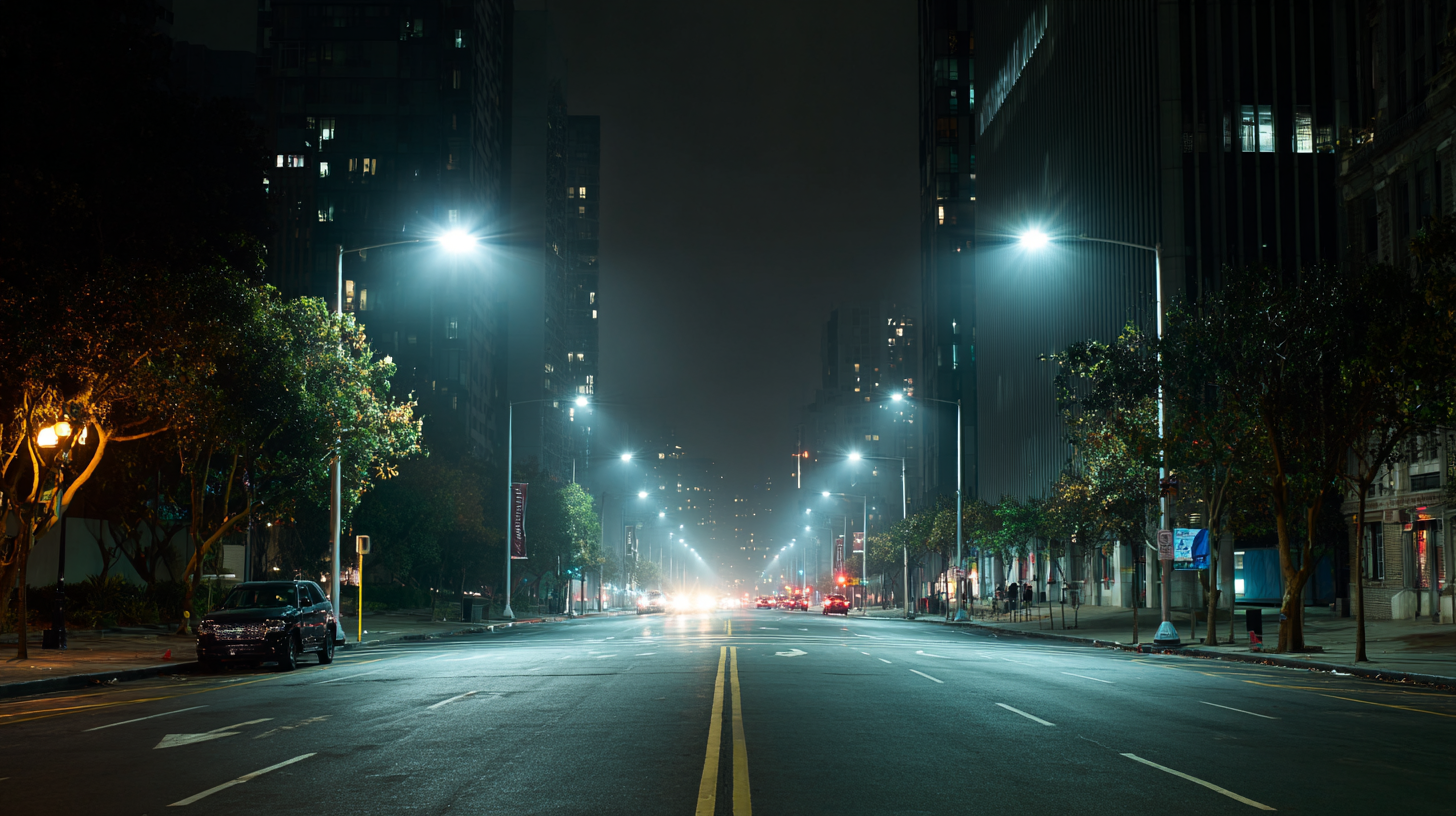
Furthermore, the assessment of brightness should take into account surrounding factors such as the proximity to urban green spaces. WHO recommendations emphasize the importance of easy access to green areas, which can be influenced by adequate lighting. Properly illuminated paths leading to parks and green spaces can enhance nighttime accessibility, encouraging more people to utilize these areas after dark. Additionally, successful urban planning should incorporate nighttime light intensity evaluations to ensure that lighting contributes positively to both urban aesthetics and public health. Thus, selecting the right LED street lights involves a comprehensive understanding of their roles in enhancing the usability and safety of varied urban environments.
Evaluating Color Temperature and Its Impact on Safety and Visibility
When choosing LED street lights for urban environments, evaluating color temperature is crucial for enhancing safety and visibility. Color temperature, measured in Kelvins (K), affects how people perceive their surroundings at night. Studies indicate that a color temperature of around 4000K to 5000K is optimal for street lighting, as it closely resembles natural daylight, improving visibility and allowing for better color differentiation. According to the Illuminating Engineering Society (IES), lights in this range can increase driver reaction times and reduce the incidence of accidents in urban settings.
Furthermore, the adoption of higher color temperature lighting has been linked to a decrease in crime rates. Research from the National Institute of Justice suggests that well-lit areas with cooler light temperatures can deter criminal activity by increasing visibility and awareness. For cities implementing LED street lighting, selecting fixtures that emit a cooler light not only enhances security but also promotes a sense of safety among residents. As urban areas continue to evolve, understanding and applying these principles will play a vital role in creating safer, more vibrant communities.
How to Choose the Right LED Street Lights for Your Urban Environment - Evaluating Color Temperature and Its Impact on Safety and Visibility
| Color Temperature (K) | Description | Impact on Visibility | Safety Recommendations |
|---|---|---|---|
| 3000K | Warm White | Soft illumination, less harsh on the eyes. | Recommended for residential areas to enhance comfort. |
| 4000K | Neutral White | Balanced brightness; good for visibility. | Versatile for urban areas, balancing comfort and visibility. |
| 5000K | Bright White | Enhances visibility and alertness at night. | Ideal for high-traffic areas and commercial zones for improved safety. |
| 6000K | Cool White | Very bright, can cause glare. | Used in areas needing high visibility, caution advised for residential use. |
Comparing Initial Costs vs. Long-Term Savings of LED Street Light Systems
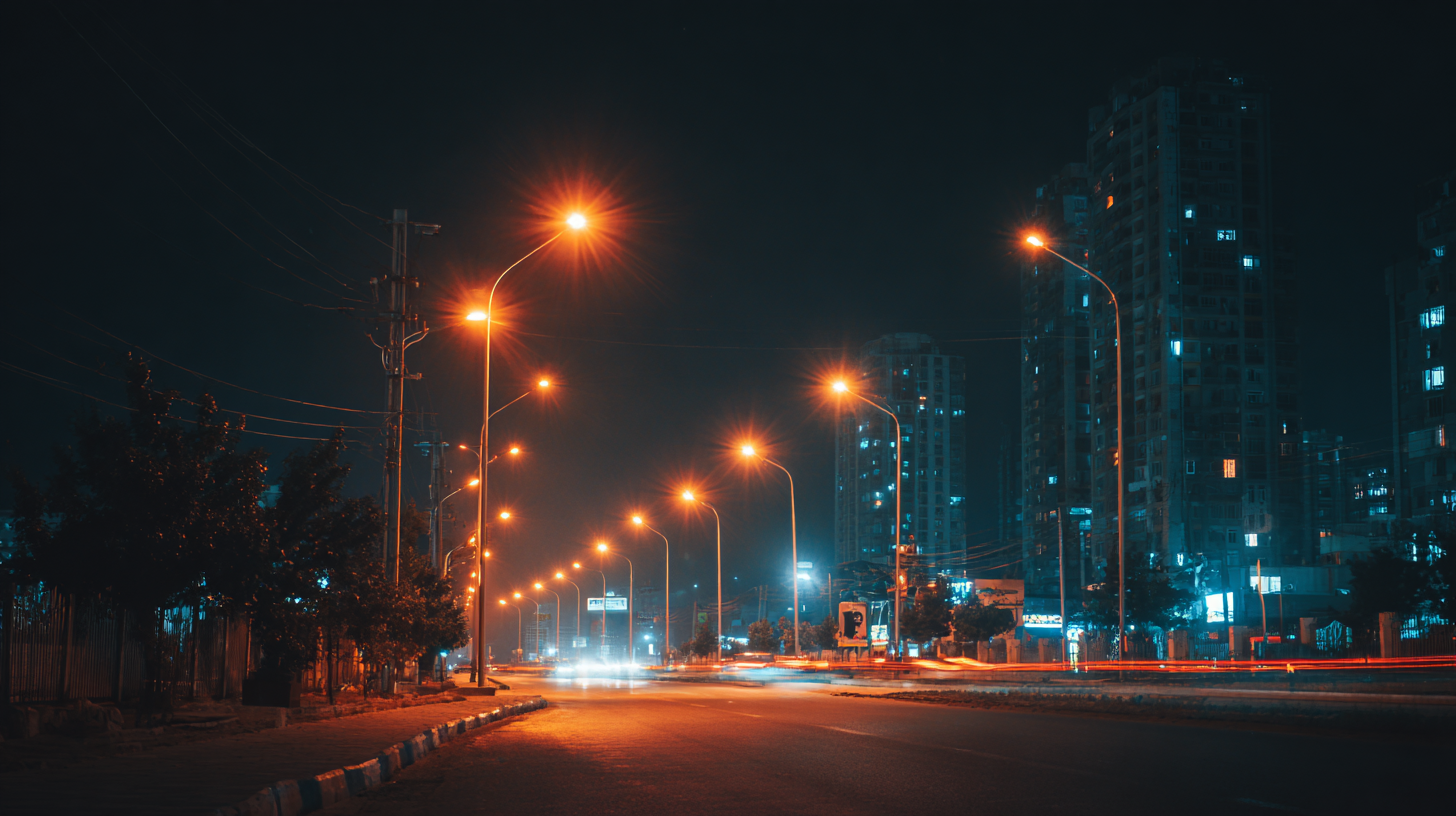 When considering the implementation of LED street lights, a key factor is understanding the balance between
initial costs and long-term savings. While the upfront investment for LED systems may be higher than traditional lighting, their energy efficiency and longevity offer significant cost benefits over time. For instance, many modern LED drivers now boast high power factor (PF) and peak efficiencies that can approach 96.1%, sharply reducing energy costs and associated environmental impacts. This efficiency not only translates into lower utility bills but also minimizes maintenance needs due to the extended lifespan of LED fixtures.
When considering the implementation of LED street lights, a key factor is understanding the balance between
initial costs and long-term savings. While the upfront investment for LED systems may be higher than traditional lighting, their energy efficiency and longevity offer significant cost benefits over time. For instance, many modern LED drivers now boast high power factor (PF) and peak efficiencies that can approach 96.1%, sharply reducing energy costs and associated environmental impacts. This efficiency not only translates into lower utility bills but also minimizes maintenance needs due to the extended lifespan of LED fixtures.
Tips: When evaluating LED street lights, consider the energy consumption and expected lifespan of the fixtures. Analyze your local energy costs and potential savings over time to make an informed decision. It may also be beneficial to explore financing options or incentives that can offset initial expenditures.
In addition to direct savings, the adoption of LED technology can enhance urban aesthetics and improve safety by providing better lighting quality. Implementing energy-efficient lighting aligns with broader sustainability goals, contributing to urban environments that are both economically and environmentally responsible. As cities progress towards smart lighting solutions, integrating energy harvesting systems could further enhance savings and sustainability, making the initial investment in LED technology increasingly worthwhile.
Tips: Look into integrating renewable energy sources, such as solar photovoltaic systems, with LED street lighting to maximize efficiency and reduce long-term reliance on the grid.
Considering Smart Technology Integration for Enhanced Urban Lighting Management
With the increasing focus on sustainable urban development, integrating smart technology into LED street lighting systems has become essential for modern cities. The global smart lighting market is projected to grow from USD 16.17 billion in 2023 to USD 18.49 billion in 2024, showcasing a significant demand for innovative lighting solutions. These smart systems enhance urban lighting management through real-time data collection and predictive maintenance, facilitating optimal resource allocation for city infrastructure.
When considering LED street lights, it's crucial to distinguish between wired and wireless options, depending on the installation type—whether new or retrofitted. For existing infrastructures, retrofitting with smart technology can provide a cost-effective upgrade, significantly improving energy efficiency. According to industry projections, the IoT energy management market is expected to expand from USD 705.8 billion in 2023 to USD 2,225.6 billion by 2030, emphasizing the trend towards interconnected systems that monitor and manage energy consumption effectively.
**Tips:**
- Opt for smart LED street lights that integrate IoT capabilities for better energy monitoring and management.
- Consider systems with robust analytics features to facilitate real-time decision-making in urban lighting management.
- Focus on solutions that allow for both wired and wireless connectivity to ensure versatility and future-proofing of urban infrastructure.
Related Posts
-
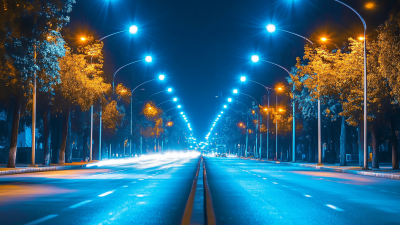
Global Export Certification: Top 5 Benefits of Choosing the Best LED Street Lights
-

Navigating the Challenges: Common Issues with LED Street Lights Explained
-
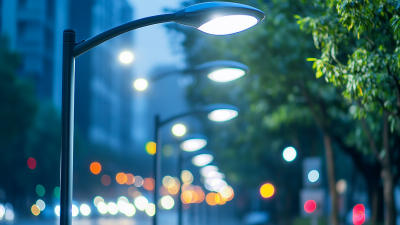
Transforming Urban Safety: Case Studies on LED Street Lights and Challenges in Implementation
-

Global Street Light Market Outlook and Trends for the Next Decade
-
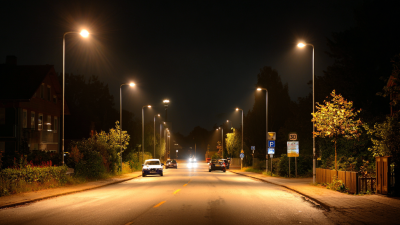
The Future of Best LED Street Lights in 2025 A Comprehensive Comparison of Top Innovations
-
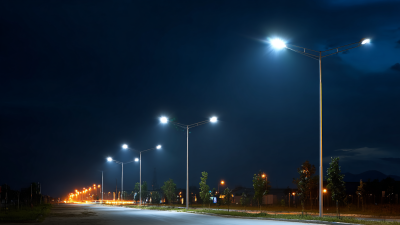
Ultimate Guide to Choosing the Right Solar Street Lights for Your Community
